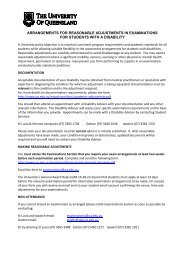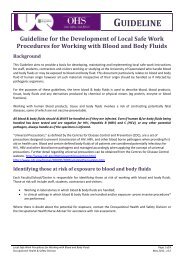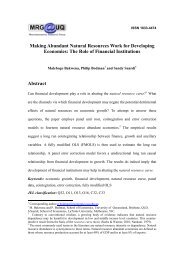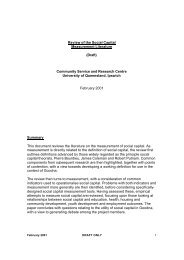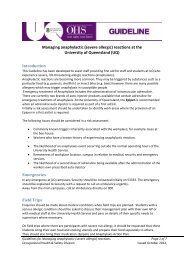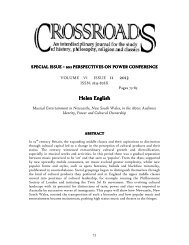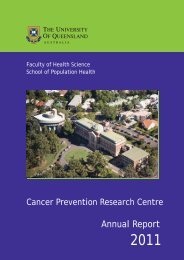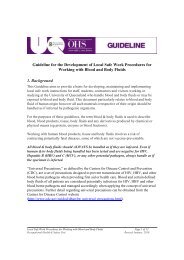Recognising and Responding to Domestic and Family Violence
Recognising and Responding to Domestic and Family Violence
Recognising and Responding to Domestic and Family Violence
Create successful ePaper yourself
Turn your PDF publications into a flip-book with our unique Google optimized e-Paper software.
Referral & Safety Planning-<br />
Cont’d<br />
‣ Lack of access <strong>to</strong> services- there could be a shortage of community services<br />
including those which respond <strong>to</strong> domestic violence. Some women may also be<br />
reluctant <strong>to</strong> speak with their local doc<strong>to</strong>r or the police because of the relationships<br />
between people in the community, for example a local police officer could be a close<br />
friend of the woman’s abusive partner<br />
‣ Lack of transport – access <strong>to</strong> public transport may be minimal or simply nonexistent.<br />
The perpetra<strong>to</strong>r might also be preventing the woman from using family<br />
vehicles by hiding the keys from her or disabling the car when he is not using it. Long<br />
distances from properties may decrease her chances of accessing help in emergency<br />
situations<br />
‣ All these additional aspects need <strong>to</strong> be considered when assisting a woman who<br />
lives in a rural area <strong>to</strong> develop safety plan<br />
Source of Information: <strong>Domestic</strong> <strong>Violence</strong> Resource Centre (1999) “ Reaching Out-a domestic<br />
violence resource for family <strong>and</strong> friends”, G & E Printing, Australia


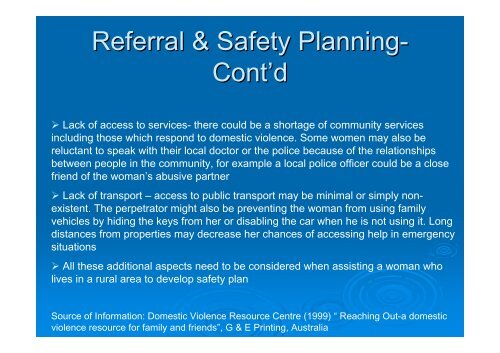

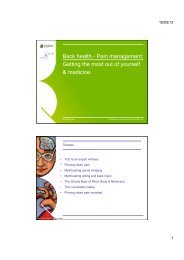
![Recycling [ PDF, 62KB ] - University of Queensland](https://img.yumpu.com/51805185/1/184x260/recycling-pdf-62kb-university-of-queensland.jpg?quality=85)
